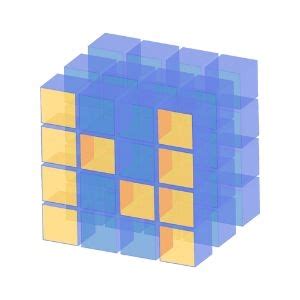1.1K
The numpy random rand function generates the uniform distributed random numbers and creates an array of the given shape.
Syntax
random.rand(d0, d1, …, dn)
Random values in a given shape.
Note
This is a convenience function for users porting code from Matlab, and wraps random_sample. That function takes a tuple to specify the size of the output, which is consistent with other NumPy functions like numpy.zeros and numpy.ones.
Create an array of the given shape and populate it with random samples from a uniform distribution over [0, 1).
- Parameters
- d0, d1, …, dnint, optional
- The dimensions of the returned array, must be non-negative. If no argument is given a single Python float is returned.
- Returns
- outndarray, shape
(d0, d1, ..., dn)
Examples
Create 1D Array
import numpy as np arr1D = np.random.rand(5) print(arr1D)
I saw this
>>> %Run numprandomrand.py [0.43668982 0.26615951 0.47310883 0.13066627 0.97557206]
Create 2D Array
import numpy as np arr2D = np.random.rand(3, 2) print(arr2D)
I saw this
>>> %Run numprandomrand.py [[0.54167831 0.52385086] [0.35677069 0.85545945] [0.83590527 0.73906704]]
Create 3D Array
import numpy as np arr3D = np.random.rand(3, 2, 4) print(arr3D)
I saw this
>>> %Run numprandomrand.py [[[0.13450054 0.62685301 0.09636076 0.25121155] [0.58905256 0.60778877 0.86005363 0.32883141]] [[0.32508184 0.18744661 0.26799856 0.38133114] [0.12255183 0.92855853 0.13053893 0.72069251]] [[0.37820463 0.57092734 0.04135081 0.47663122] [0.4330011 0.11432421 0.7676993 0.9569132 ]]]

![Java SE 11 Programmer I [1Z0-815] Practice Tests](https://static.shareasale.com/image/43514/728X909.jpg)

![Java SE 11 Programmer II [1Z0-816] Practice Tests](https://static.shareasale.com/image/43514/728X9026.jpg)
![Java SE 11 Developer (Upgrade) [1Z0-817]](https://static.shareasale.com/image/43514/728X9033.jpg)


